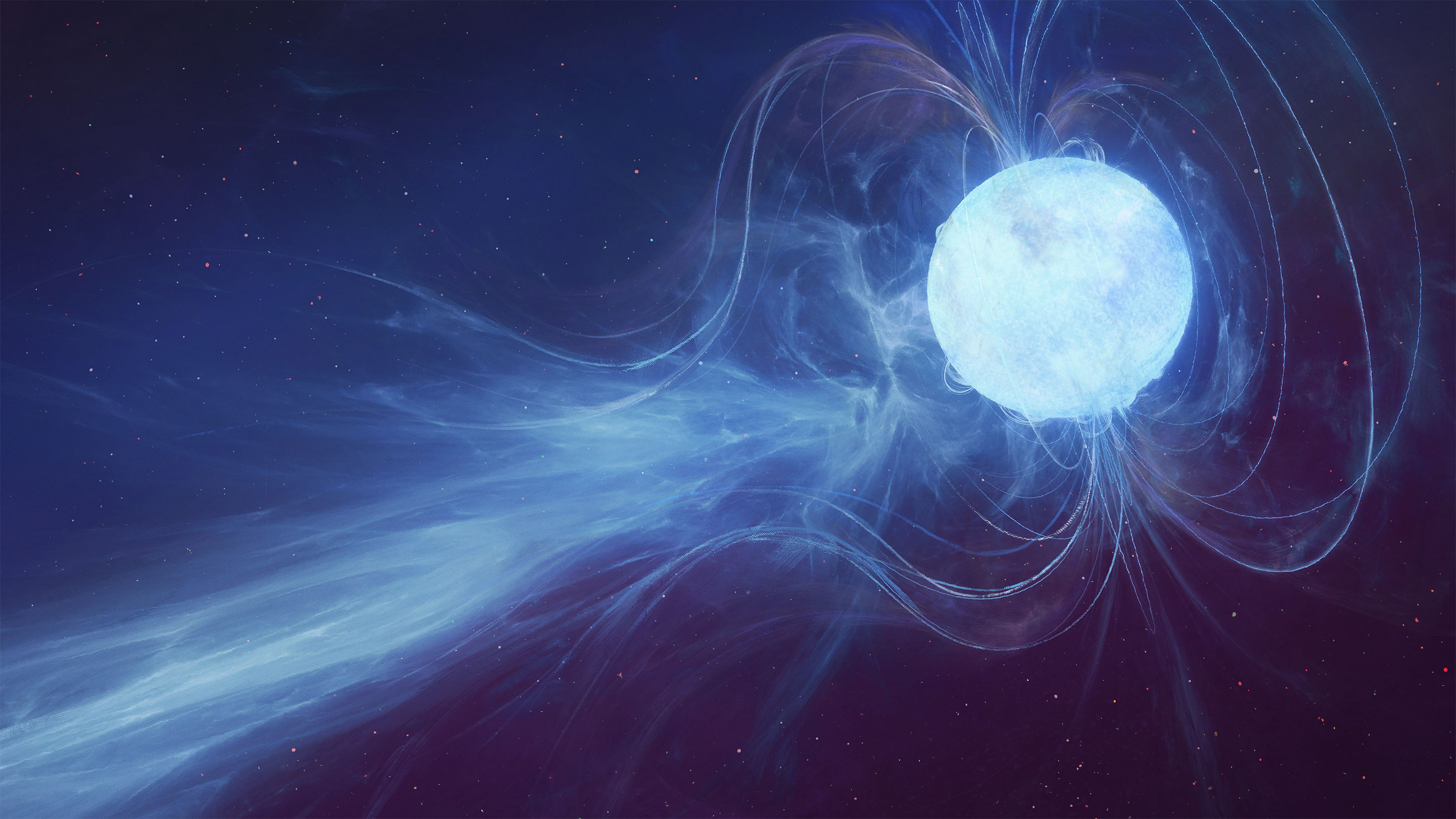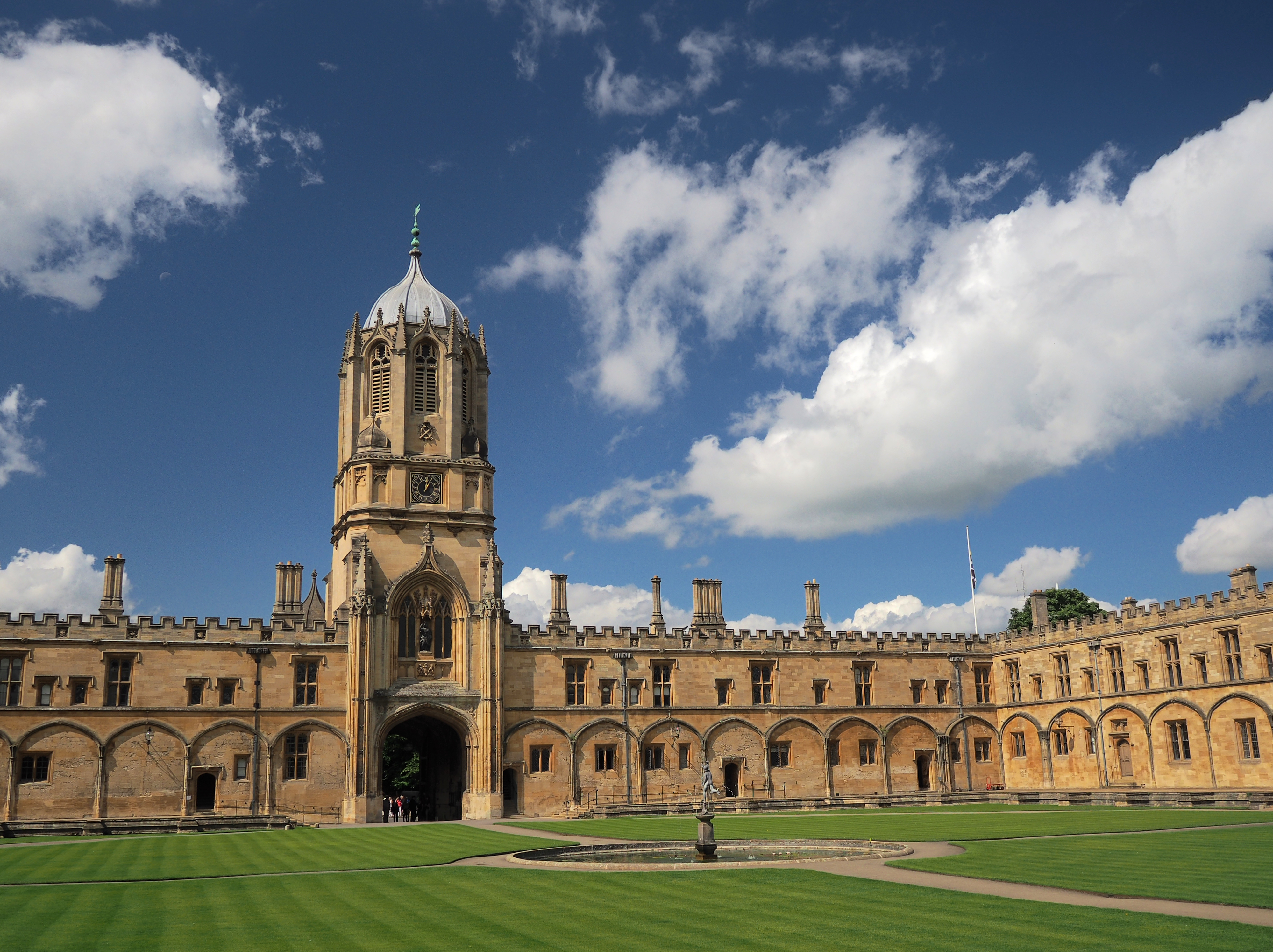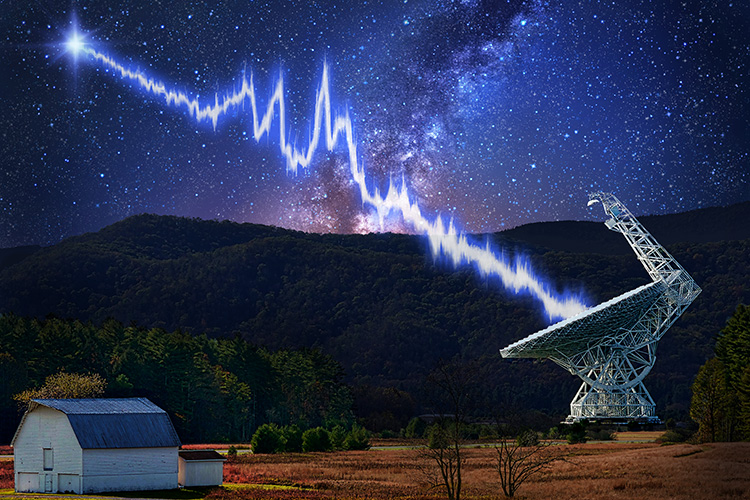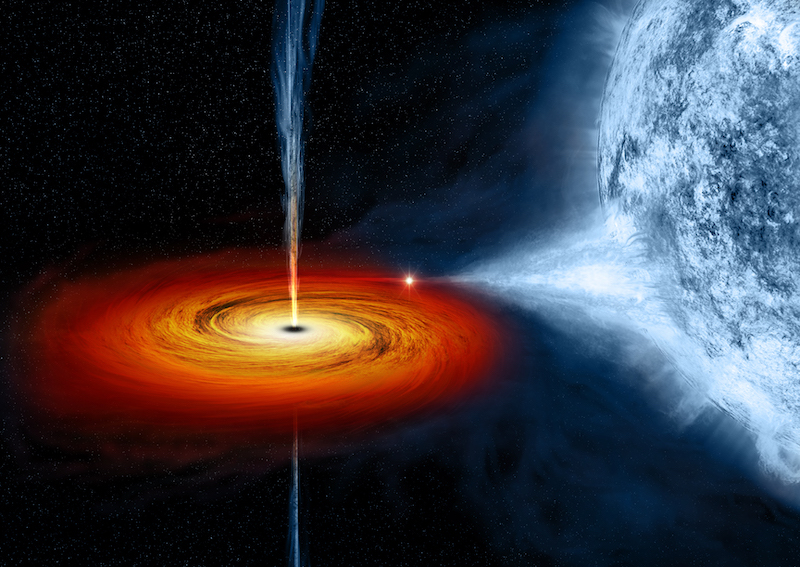
The Galactic Fast Radio Burst
In this work I present early post-burst observations of FRB 200428 which was observed from Galactic magnetar SGR 1935+2154. I model expected afterglow emission using the cooincident detection at X-ray frequencies, and show that a lack of detection at lower frequencies strongly favours FRB models in which the burst is produced close to the magnetars' surface, in the magnetosphere.
Learn more




